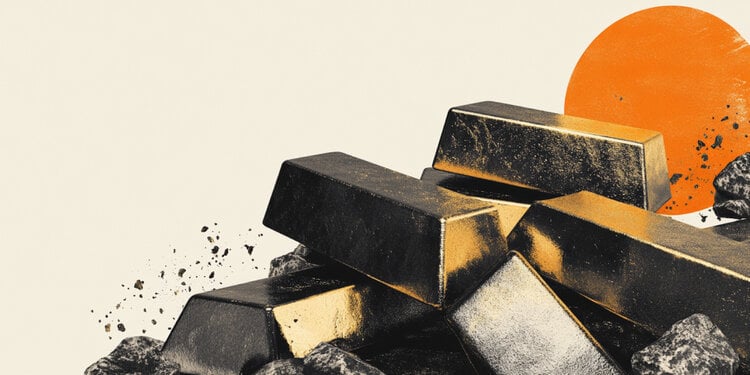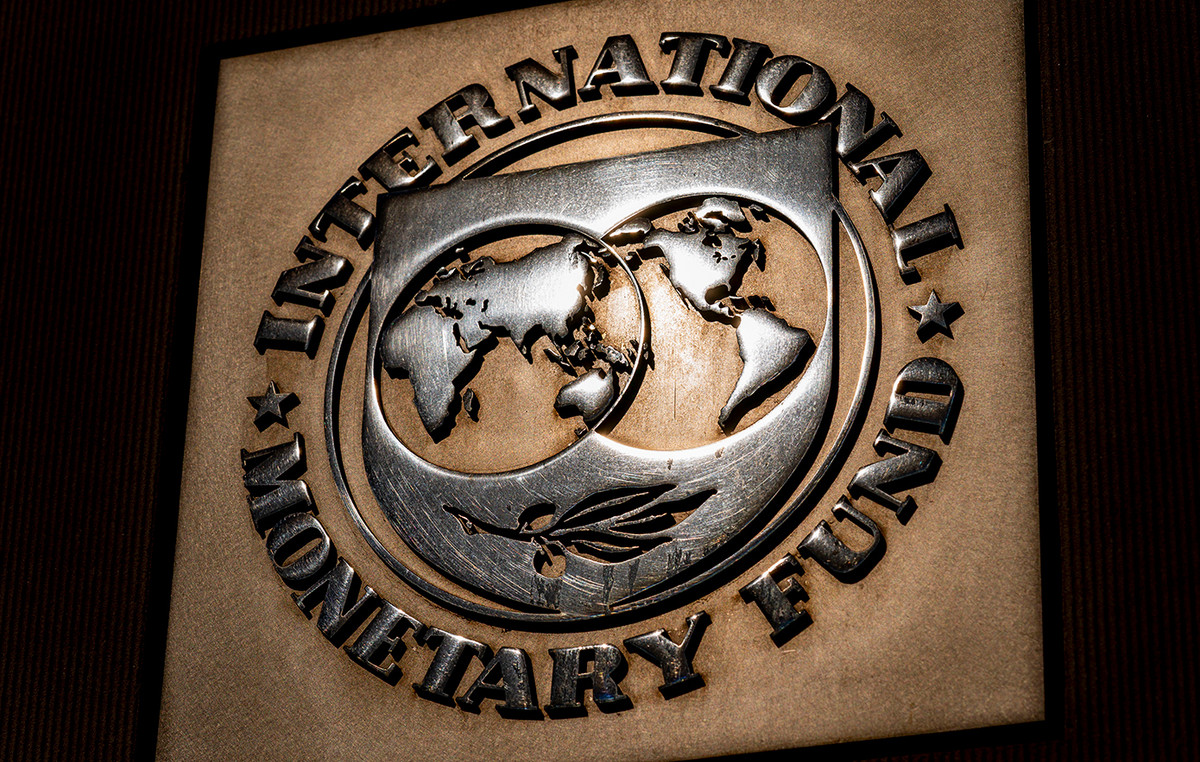Brazil celebrates this Wednesday (7) the Bicentennial of Independence. Since 1822, when the country became independent from Portugal, the Brazilian population has grown 46 times, according to demographer José Eustáquio Diniz Alves, author of the book “Demography and economy in the 200 years of Brazilian independence and scenarios for the 21st century”.
“Brazil had a smaller population than Mexico, Ireland. It’s hard to have exact numbers, but it was around 4.5 and 4.7 million,” she explains. Today, the city of Rio de Janeiro alone has around 7 million inhabitants.
Diniz Alves highlights that the Brazilian population was mostly young for most of its history. “Only 5% of the population was over 60 years old, but it started to grow in the 1970s. It is now 15% and will reach 40% by the end of the century,” he said.
Regarding education, the demographer highlights that Brazil only had universities from 1920 onwards. “There are countries in Latin America that have 16th century universities. In Brazil, you didn’t have free work because of slavery, you didn’t have access to education, access to health”, he added.
Life expectancy at the time, for example, did not exceed 30 years of age.
“This average was pulled down by slavery, but it didn’t just affect the enslaved. Dom Pedro’s children, for example, who were the richest people in the country, had an average age of 25,” he said.
“In 1822, Brazil was a poor, rural, agrarian country, still enslaved and unequal”, he says, in an interview with CNN.
The retired professor from the National School of Statistical Sciences (Ence) of the Brazilian Institute of Geography and Statistics (IBGE) says, for example, that the Brazilian Gross Domestic Product (GDP) has grown 704 times in these 200 years.
“At the time of Independence, Brazil represented 0.4% of the world’s GDP. In 1980, according to IMF data [Fundo Monetário Internacional], we went to 4% of the international economy. Multiplied the size of Brazil by 10. From 1981 onwards, the country started to grow less, the participation decreased and we reached 2.5%”, he said..
In this process, the Brazilian economy has also diversified. “Agribusiness is still important in the Brazilian trade balance, but it is already very different from the agricultural Brazil of Independence, in which sugar and coffee were the main sectors,” he said. “We have become an urban country, with greater weight in industry and services,” he added.
Per capita income also jumped. He says that throughout the 19th century, in the post-Independence period, the growth of Brazilian per capita income was below the world average, but the scenario was reversed in the 20th century until the mid-1980s.
challenges for the future
Speaking of a country that only put an end to slavery more than 60 years after its independence, the specialist highlights inequality as one of the biggest challenges for the rest of the century in Brazil.
He recalls the slowness in the conquest of rights and political participation in the country.
“In Empire Brazil and even in the Old Republic, only 5% of the population participated in the electoral process. Women only got the right to vote in 1932 and illiterates could not vote. It also had a very young population: 50% were excluded because they were under 18,” he says.
“The great Brazilian political transformation only came with the 1988 Constitution. Today you have up to 70% of the population registered to vote”, he adds.
A scholar of the subject for over 30 years, Diniz Alves’ book is available free of charge on the website of the School of Business and Insurance (ENS).
Source: CNN Brasil







